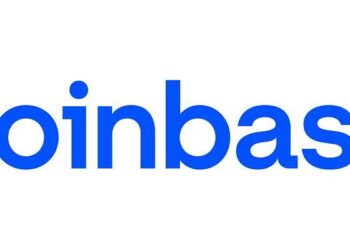The trending news in the cryptoverse is the successful direct listing of Coinbase on the NASDAQ, which happened on Wednesday, 14th April 2021. So far, the returns are looking very good for early investors in the crypto trading company.
According to CNBC, Coinbase closed its first day in NASDAQ at a value of $328.28 per share and a valuation of $85.8 billion. During the course of the day, Coinbase valuation exceeded $100bn but later dropped to $85.8bn.
READ: Coinbase executes over $1 billion Crypto trades for world’s biggest clients
Rapper Nas and QueensBridge Venture Partners
Legendary rapper, Nasir Jones who owns and runs Queensbridge Venture Partners together with its Co-Founder Anthony Saleh were amongst the earliest investors in Coinbase.
QueensBridge Venture Partners invested in Coinbase as early as 2013 in a Series B round back when it raised $25 million. Around that time, Coinbase was valued at about $143 million. According to QueensBridge Co-Founder, the venture capital firm made an investment of $100,000 to $500,000.
READ: Coinbase makes debut on Nasdaq as Bitcoin, Ethereum XRP post all-time highs
Calculated ROI
According to Coindesk, at the time of Nas’ investment, a single unit of Coinbase share sold for $1.00676. With an investment of $100,000 to $500,000 QueensBridge stands to own 99,329 to 496,642 unit shares.
With Coinbase trading at an average price of $350 yesterday, Nas and his VC firm stand to earn between $34.76 million and $173.8 million ROI, according to Coindesk. The number can be a lot higher given that this is just Coinbase’s first day on NASDAQ and some experts expect its price to increase.
READ: Google founders earn $42 billion in 100 days
Happy Nas
Nas celebrated his smart investment with a tweet eulogizing cryptocurrency. His VC firm also invested in Robinhood and Dropbox.
What you should know
- Coinbase was listed directly. This is quite different from an initial public offering (IPO). According to Investopedia the difference between an IPO and a direct listing process is the presence and absence of new shares.
- In an IPO, the company involved creates new shares and employs underwriters before going public.
- In a direct listing only existing or outstanding shares are made public. Companies that pursue this strategy usually don’t employ underwriters.






















I will follow you buddy… you are my brother and I’m a crypto currency investor